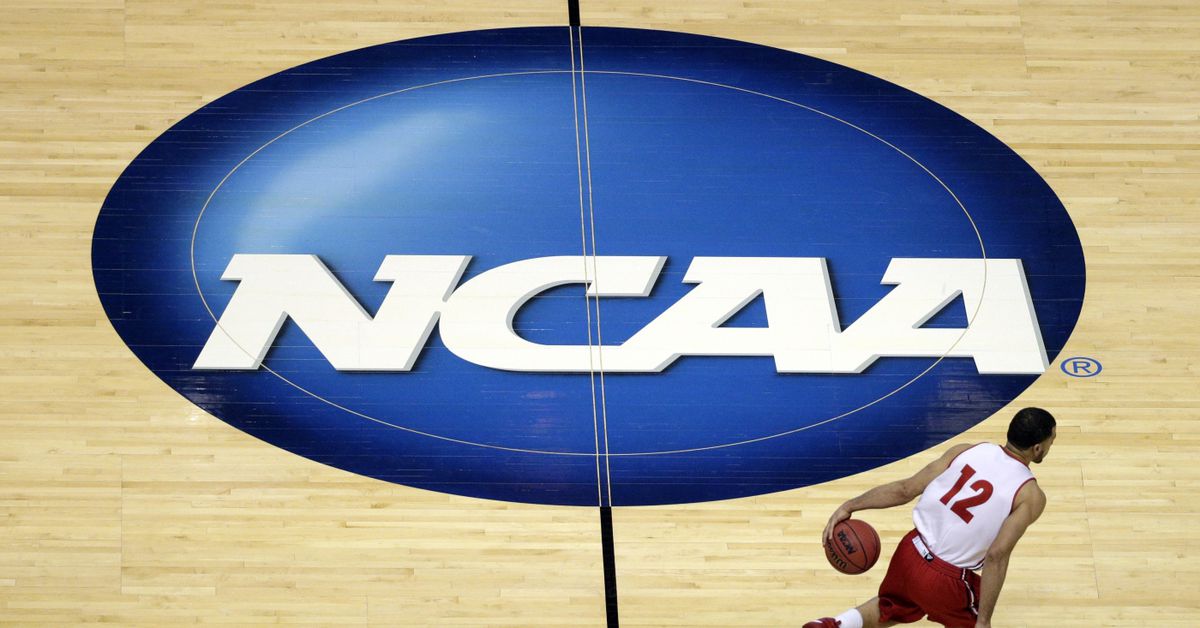It took quite a while, but Judge Claudia Wilken settled the House vs. NCAA case. Here are the key takeaways:
Schools are now free to begin paying their athletes directly through revenue sharing and have the funds come straight from the athletic departments, starting on July 1.
The annual cap is expected to start at roughly $20.5 million per school in 2025-26 and increase every year during the decade-long deal.
The NCAA will pay nearly $2.8 billion in back damages over the next 10 years to athletes who competed in college at any time from 2016 through the present day.
College basketball teams can officially have a maximum roster limit of 15 scholarship players.
Here is the official statement from Gonzaga athletic director Chris Standiford on the settlement:
“Friday’s settlement approval is an important step toward stabilization in Division I athletics, and Gonzaga Athletics remains committed to competing at the highest level. Central to our university’s mission, we look forward to continuing to provide a transformative experience for our student-athletes as they excel in the classroom, in the community, and in competition.”
What does this exactly mean for the Zags? A few things. The Gonzaga Name, Image, and Likeness (NIL) Collective (led by general manager Derek Raivio) will be transforming its roles to be centered more around marketing and booster activities for the student athletes. Any deals that exceed $600 will be subject to review by NIL Go to ensure they reflect fair market value.
Could the Zags go the privity equity route in order to fund athletics, or would that give them too much power over the day-to-day operations? Penn State and UCLA just became the first two universities to do so with a ground-breaking deal with Elevate, a global sports marketing agency, totaling $500 million.
With Gonzaga not having a football program, they have an advantage over the Power Four conference programs (SEC, Big 12, Big Ten, ACC). They will be able to distribute a higher percentage of their revenue-sharing pool exclusively to men’s basketball players. At the same time, Standiford pointed out that without the benefit of football revenue, the Zags also won’t come close to the $20.5 million mark.
According to a report from Jeff Eisenberg of Yahoo Sports, Standiford sees third-party deals as the future. What he envisions is the athletic department building around the athlete’s individual brand in order to catch the attention of major corporations wanting to create commercials around his image. “You can compete in an open market for the advantage of your program, versus trying to beat the rules… Play by the rules — just do it better than anybody else,” Standiford said.

Photo by Candice Ward/Getty Images
In other news around the game of college basketball, the NCAA has approved multiple major rule changes on the men’s side in order to enhance game flow. Changes include a coach’s challenge at any point in a game to review out-of-bounds calls, basket interference/goaltending, and whether a secondary defender was in the restricted area. Coaches have to possess a timeout to use the challenge. If successful, that coach receives an added challenge.
NCAA officials can also not conduct video review going forward on out-of-bounds calls unless through a coach’s challenge. Referees can use replay for timing, scoring errors, shot clock violations, two-point versus three-point field goal attempts, and flagrant fouls.
Plus, the NCAA says that there is ‘positive momentum’ towards men’s basketball moving to four quarters from two 20-minute halves. This switch will still take some time to work out the kinks regarding media timeouts.
Arden Cravalho is a Gonzaga University graduate from the Bay Area… Follow him on Twitter @a_cravalho

